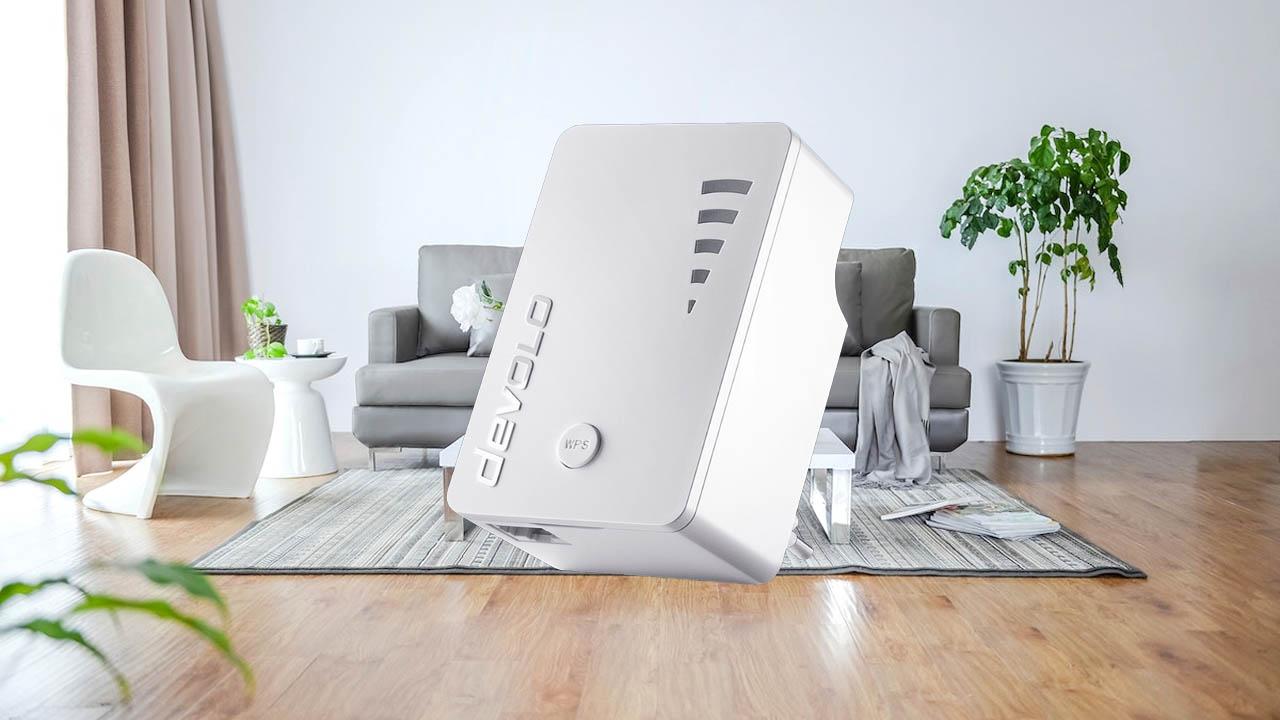
Please note that the repeater needs to connect to the router to later repeat that signal receiving. If the router is too far away or in the wrong location, there may be problems and the signal may decrease. That is one of the drawbacks of using these devices compared to other alternatives, such as PLC devices or Mesh systems.
Tips when using the wireless repeater
You can put these recommendations into practice in a simple way in your home. You will be able to achieve that connection works better, with greater stability and also speed. You will have fewer problems when you are going to connect some devices to the network.
Keep it away from interference
The first thing you should do is move the WiFi repeater away from possible interference. For example, don’t put it near devices that use Bluetooth. When operating on the 2.4 GHz frequency, this will generate interference and you could have problems. We recommend that you move it as far away as possible and avoid problems.
Interference can be generated by many devices. The microwave also operates on the 2.4 GHz frequency when you are using it, cordless phones, etc. Check carefully where you are going to place it and try to keep it away from these devices so as not to have problems with your Internet connection.
Locate it in a good area
You should also put it in a good area. The ideal is that is not too far from the router, but at the same time in a place where you can take advantage of the signal. Place it in a central location in the home, if possible, to better distribute the signal and prevent it from being in an area where you do not take full advantage of the coverage.
A bad location is, for example, putting it near a window. On the one hand, you are going to waste part of the coverage that will be available on the street. But, in addition, it could receive direct sunlight and that will cause the device to overheat and start to work worse.
Take advantage of the double band
Current devices, the vast majority are double band. This means that you will be able to connect to both 2.4 GHz and 5 GHz. It is key to choose the one that best suits you at all times and thus achieve an optimal connection, without so many problems when browsing the network.
In summary, we can say that the 2.4 GHz frequency is the best for connecting further away from the repeater, although the speed decreases. On the other hand, the 5 GHz is the one that offers the maximum speed, but is more sensitive to possible obstacles and the distance that may exist.
Avoid materials that block the signal
Another factor to take into account is that you should avoid materials that can affect WiFi. A clear example is the metal. Do not put metal objects near the repeater. You should also not place it next to a metal piece of furniture or any large metal sheet that may be nearby, as this will block the signal.
He water It is another material that will affect the wireless signal. Be careful not to have a fish tank or any appliance nearby that has water, such as a refrigerator, washing machine, dishwasher… This will also influence the WiFi network in a negative way and you could have problems.
Connect by cable when you can
On the other hand, whenever you can, the ideal is to connect via wire. You will achieve greater stability compared to using the WiFi network. For example, you can connect your computer or television via Ethernet cable and thus avoid having to use the repeater’s wireless network, which can be more unstable.
You will have both options and you can always choose the one that best suits you, but when you can, use the network cable. You will have better results, especially if there are devices around you that can generate interference.
In short, these are some recommendations that you can take into account when installing a WIFI repeater at home. Locating it well, avoiding interference and being careful with everything around it are some essential factors that you must control at all times and thus avoid problems.



